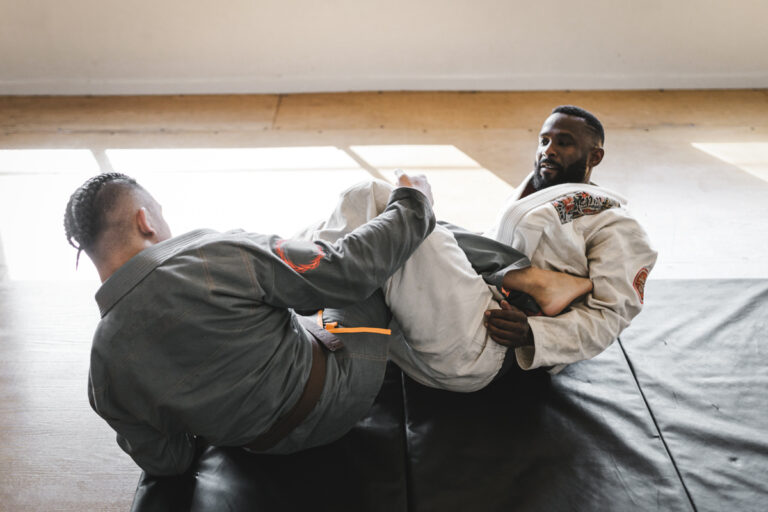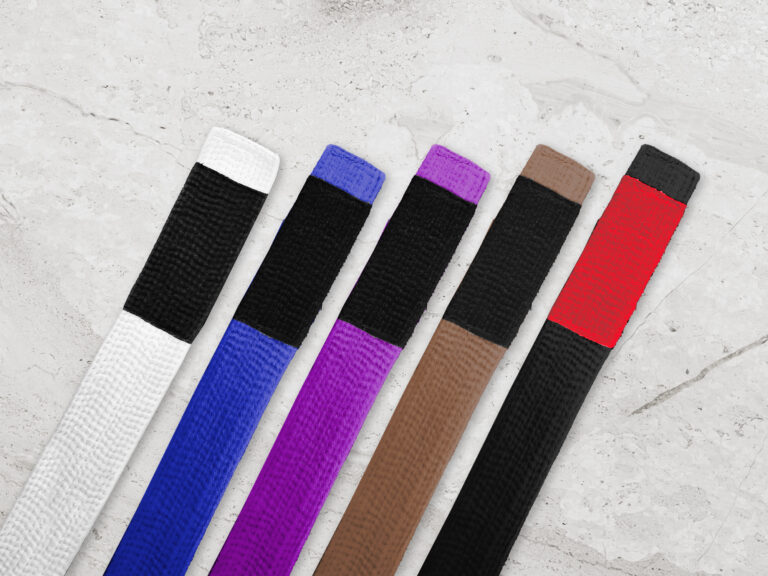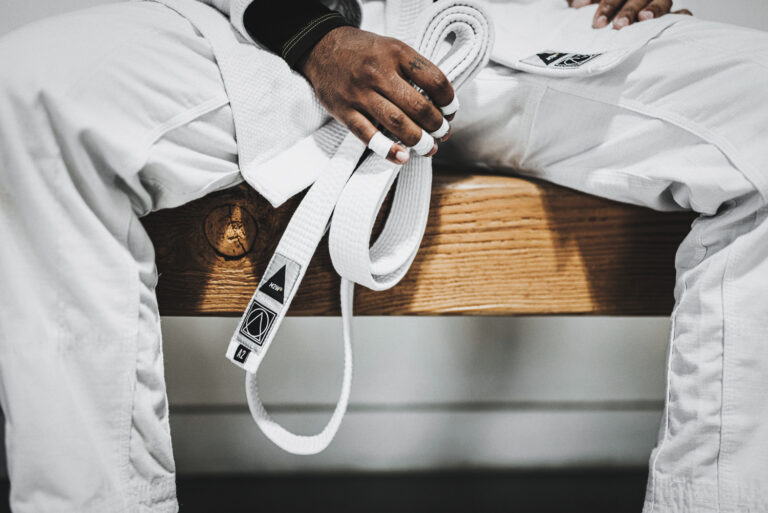In the world of martial arts, Brazilian Jiu-Jitsu (BJJ) stands out as a discipline that emphasizes technique, leverage, and strategy over raw strength and athleticism. Originating from the Gracie family in Brazil, BJJ has evolved into a widely practiced combat sport and self-defense system renowned for its effectiveness in close-quarters combat.
Whether you’re a seasoned practitioner or someone just beginning their journey into the world of grappling arts, understanding the fundamental terms of BJJ is essential. From understanding the significance of positions like mount and guard to exploring essential submissions like armbars and chokes, this guide serves as a roadmap for both beginners and seasoned practitioners looking to gain clarity on the use of specific terms.
A near-comprehensive glossary of BJJ terms, in alphabetical order:
Armbar: A submission in BJJ where the attacker hyperextends the opponent’s arm.
Back Control: A position in BJJ where one practitioner is behind the opponent, controlling them from the back.
Back Mount: A dominant BJJ position where one practitioner is on the back of the opponent, typically with hooks in and controlling their upper body.
Bridging: Using the hips to create space or escape from a pin or dominant position.
Closed Guard: A guard position where the practitioner’s legs are wrapped around the opponent’s torso.
Cross-collar Choke: A chokehold utilizing the collar of the opponent’s gi, applied from various positions.
D’Arce Choke: A specific BJJ submission hold where the attacker uses their own arm to compress the opponent’s neck, cutting off blood flow.
Drill: Repetitive practice of BJJ techniques to improve muscle memory and proficiency.
Gi: The traditional uniform worn in jiu-jitsu (BJJ) training and competition, including a kimono, pants, and a belt.
Guard: A defensive position where one practitioner is on their back with their legs controlling the opponent.
Guard Pass: Techniques used to navigate past the opponent’s guard and establish a dominant position.
Guard Pull: Initiating the guard position by intentionally pulling the opponent into your closed guard.
Half Guard: A guard position where one of the practitioner’s legs is trapped between the opponent’s legs.
Joint Lock: Techniques that manipulate and put pressure on the joints, such as the arm, elbow, shoulder, knee, and ankle.
Kimura: A submission hold that applies pressure to the opponent’s shoulder joint.
Knee on Belly: A dominant position in BJJ where one practitioner places their knee on the opponent’s abdomen or chest.
Kneebar: A submission hold that targets the opponent’s knee joint.
Hooks: Refers to the legs of the practitioner being securely positioned behind the opponent’s thighs or hips in certain grappling positions, particularly from the back mount or back control.
Mount: A dominant position in BJJ where one practitioner is on top of the opponent with their legs straddling the opponent’s torso.
No-Gi: Refers to jiu-jitsu (BJJ) practiced without the traditional uniform. No-Gi practitioners often wear form-fitting rash guard shirts and grappling shorts.
North-South: A position where one practitioner is facing the opponent’s head and the other is facing their feet, typically from a top position.
Omoplata: A shoulder lock submission achieved by using one’s legs to control the opponent’s arm.
Open Guard: A guard position where the practitioner’s legs are not closed around the opponent.
Passing the Guard: Techniques used to get past the legs of the opponent while maintaining control.
Rear Naked Choke (RNC): A chokehold applied from the back of the opponent, typically using both arms.
Rolling: A term used to describe live sparring or training sessions in Brazilian Jiu-Jitsu (BJJ).
Scramble: A chaotic exchange of positions or techniques, often occurring when both practitioners are moving rapidly.
Side Control: A dominant position where one practitioner is perpendicular to the opponent, controlling them from the side.
Sweep: A technique used to off-balance and bring the opponent from a superior position to an inferior one.
Sweep: A technique used to reverse the position of the opponent from the bottom to the top.
Sweeping from the Bottom: Techniques used to reverse the position and gain a dominant position while on the bottom.
Takedown: A technique used to bring the opponent to the ground.
Tapping Out: The act of submitting by tapping the opponent, the mat, or oneself to signal the end of the match or to concede to a submission hold.
Triangle Choke: A submission where the legs form a triangle around the opponent’s neck, cutting off blood flow.
Turtle Position: A defensive position where a practitioner is on their hands and knees, protecting their back.
Let us know if we missed anything in the comments, and we’ll add it to the list.



